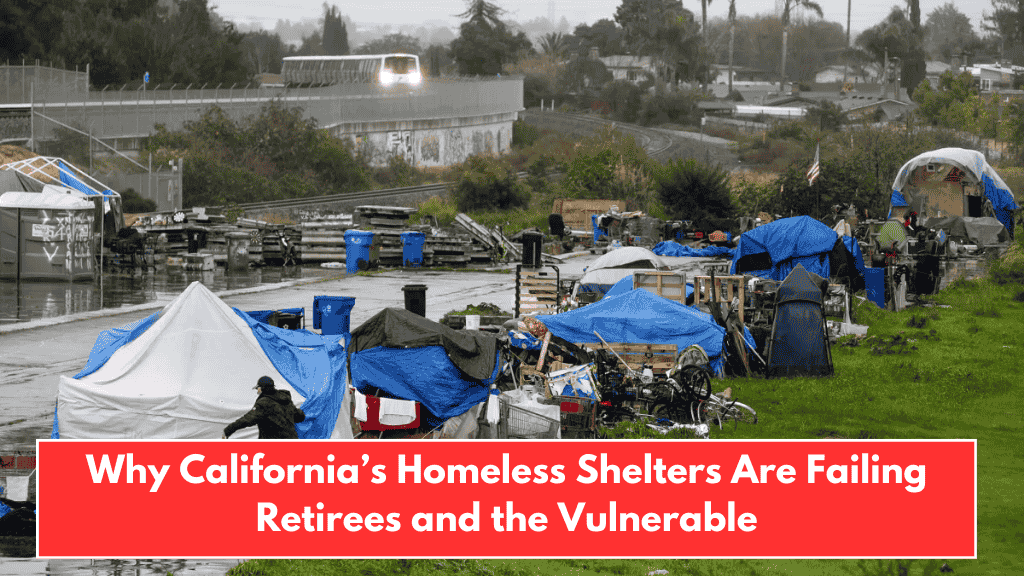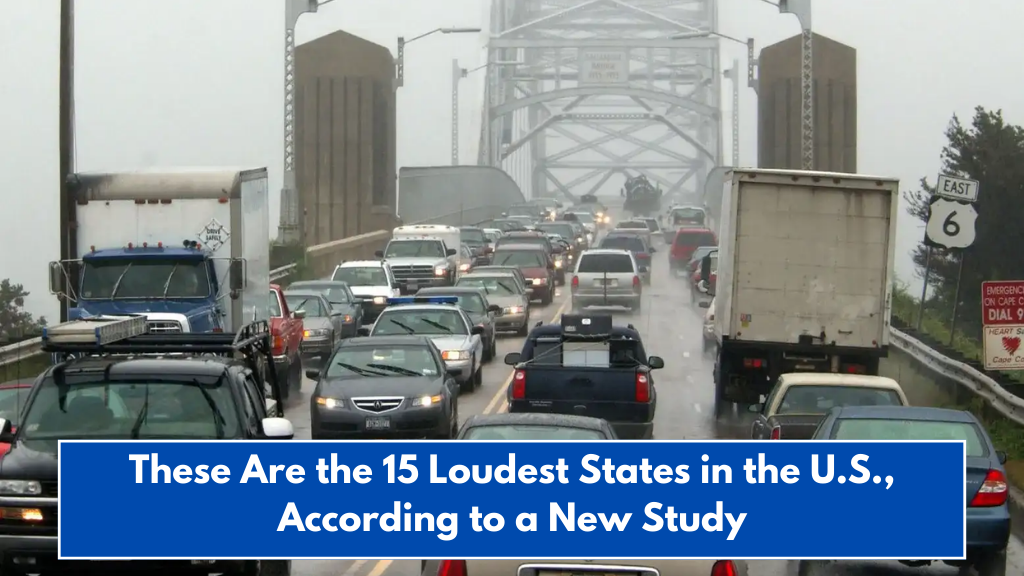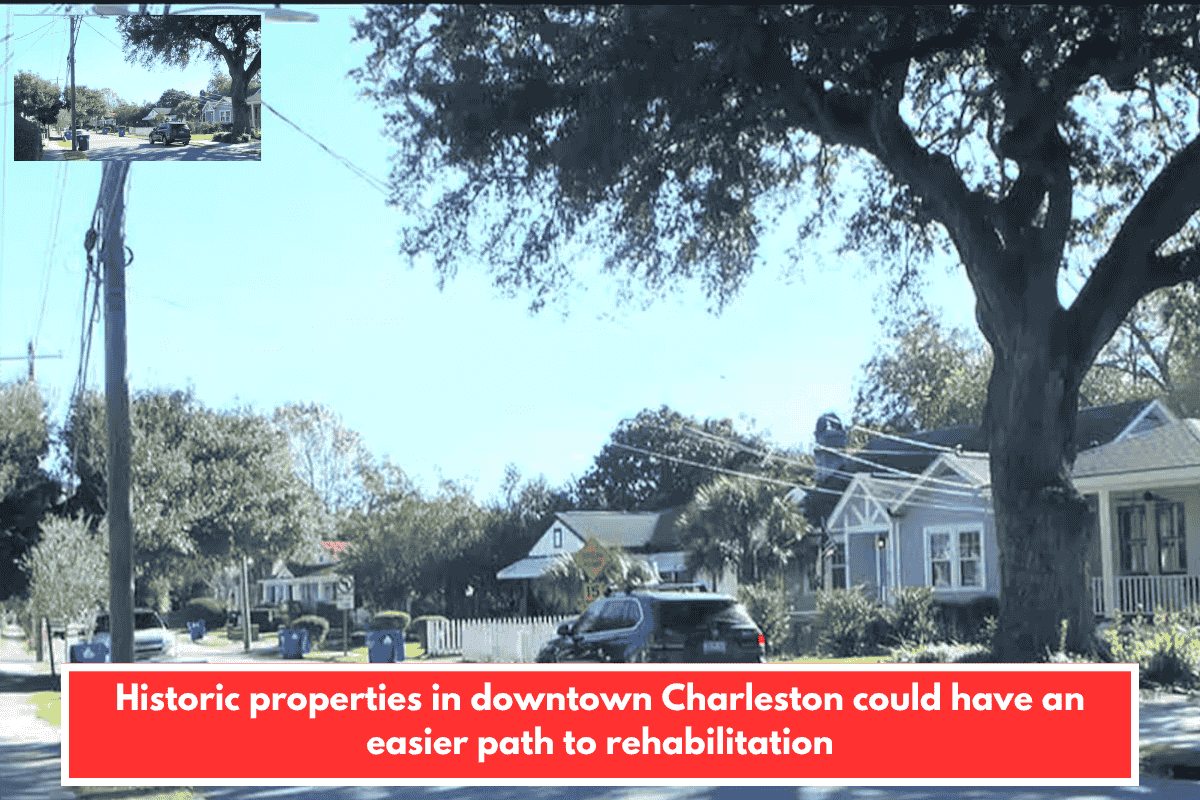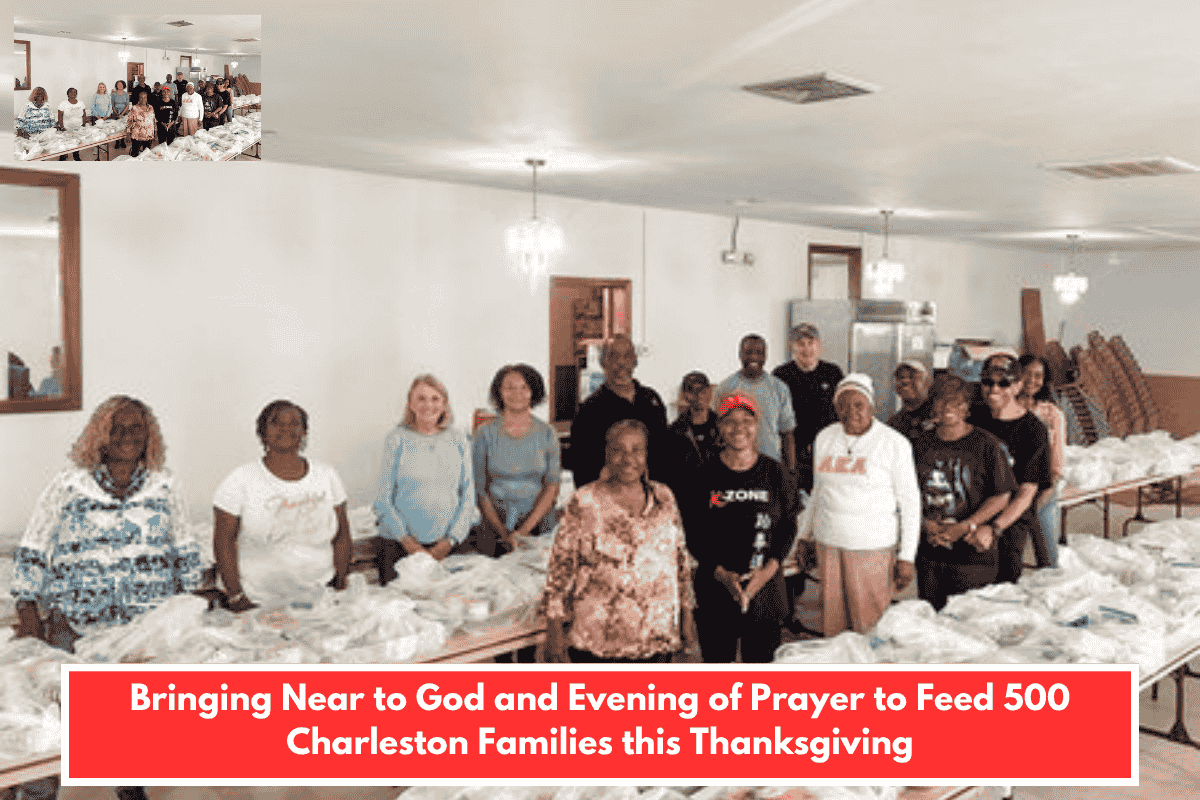In California, temporary homeless shelters are supposed to be a key solution to help people living on the streets. But a recent CalMatters investigation has revealed a harsh truth—these shelters are not working as planned.
Shelters are meant to be a safe space for homeless individuals until they can move into permanent housing. Instead, many shelters have turned into unsafe and chaotic places, offering little hope of a better future.
After collecting state data, police records, and speaking with over 80 people, here’s what the investigation found:
1. California Is Spending Big on Shelters—But It’s Not Enough
Since 2018, California has spent nearly $1 billion on homeless shelters. This investment has more than doubled the number of emergency beds—from 27,000 to 61,000.
Still, there are three times more homeless people than shelter beds. Many people struggle to even get into a shelter, and those who do often face harsh conditions.
2. Shelters Are Deadlier Than Prisons
Between 2018 and mid-2024, 2,007 people died in California shelters—almost double the number of deaths in the state’s jails.
Shelter residents have reported drug use, poor hygiene, and even sexual harassment by staff. One woman called shelters “volunteer jails” and said jails actually had better standards.
3. Violence and Health Risks Inside Shelters
The conditions inside many shelters are unsafe and unhygienic. Reports describe:
- Black mold and bedbugs
- Domestic and sexual violence
- Poorly trained staff, including one with a criminal record who committed multiple crimes in a single day
Some former staff and residents say it’s safer to sleep in their cars than in shelters.
4. Most Shelter Residents Don’t Find a Permanent Home
Although shelters are supposed to help people move into permanent housing, fewer than 1 in 4 people actually do.
Even worse, when counting all residents (not just those who leave), only about 10% are placed into homes. This shows that many people are getting stuck in shelters, without any clear path forward.
5. Mismanagement and Scandals in Shelter Operations
Some non-profit shelter operators are growing fast, making millions from government contracts—but are also facing serious complaints.
Examples include:
- Staff accused of fraud and sexual misconduct
- Shelters run like psychiatric wards with underpaid workers
- Poor living conditions despite massive funding
Experts say the system is broken, and shelters are being used as a temporary fix for bigger problems like mental health and housing shortages.
6. State and Local Oversight Is Weak
Though the state sends large amounts of money to local governments for shelters, there is little follow-up or enforcement of safety rules.
Most cities ignore laws requiring them to check and report unsafe shelter conditions. Complaints about violence, poor hygiene, or unused shelter beds are often ignored.
7. What Can Be Done to Fix the Problem?
Experts say shelters should still exist, but major changes are needed. Possible solutions include:
- Rent assistance programs to help people avoid homelessness
- Smaller, cleaner shelters with specialised care (e.g., for sober living)
- Better housing counseling and job support
- More focus on long-term housing instead of just clearing the streets
Chris Herring, a UCLA researcher, warns that too much money is being spent on shelters that don’t solve the bigger issue—getting people into homes.
California’s shelter system is broken and dangerous for many homeless people. While shelters are supposed to be a temporary fix, they often become long-term traps. With billions spent and so few people actually finding homes, experts are calling for a major shift—from shelter spending to real housing solutions.
If California truly wants to end homelessness, the focus must move from temporary beds to permanent support.














